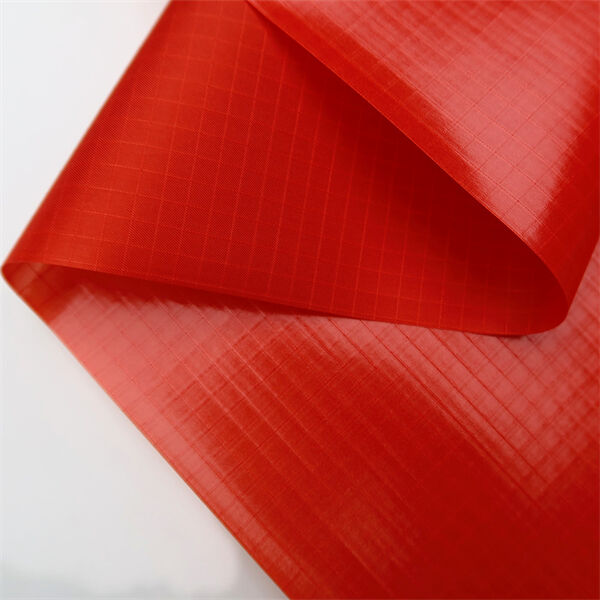If you are working with understanding Xianglong Side Release use this article to learn how to heat weld PVC fabric. This serves to ensure a secure and durable connection. With heat welding, heat is applied to melt two pieces of PVC fabric together to provide a strong, waterproof connection. This method is commonly used for fabricating awnings, tarps, and outdoor products in general. In this article, we will discuss how to heat weld PVC fabric and offer some tips to make a successful bond and prevent certain mistakes.
Heat welding PVC fabric involves the use of a heat source, such as hot air gun or welding machine, to melt the material. This serves to glue the two parts. You’ll have to set the heat source to the appropriate temperature based on the type and thickness of the PVC fabric you are working with. To have a good bond, you have to heat the material evenly.
To properly heat weld PVC fabric, begin by cleaning the surface to be free of dirt and dust. This assists in the welding operation. Next to position the two pieces of fabric together and make sure they are well aligned. Press the pieces together with a roller or with a pressure tool.
Then heat seal those edges where the fabric layers are meeting by the heat source. Reposition the heat source back and forth across the edges until the fabric is heated evenly. After the fabric starts to soften, use a roller or pressure tool to press the two sections together tightly. Continue to heat and press until bonded.

Heating the fabric equally is crucial to achieve a homogeneous bond for heat welded PVC fabric. When you press the two pieces together, you want to apply even pressure, but you also must be careful not to press them too hard, or for too long, otherwise you may cause the fabric to meld or burn. Just go slow, and be very careful to ensure a good solid and long term bond.
Here are a few mistakes to avoid when hot air welding PVC fabric. There seems to be only one mistake you can make: using too much heat, which will either melt or scorch the fabric. Another error is uneven heating of the fabric so the bond is weak. Just take care that the two fabric pieces are properly aligned before welding, so you don't leave gaps or end up with uneven seams.
By heat welding PVC fabric properly, you can strengthen it and make it last longer. A strong bond is less likely to tear or leak, which allows fabric to last longer. Use proper techniques and never make these mistakes to ensure your heat welding process is successful.